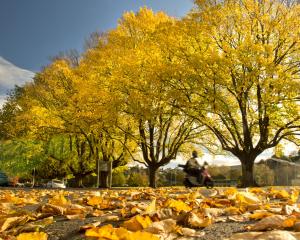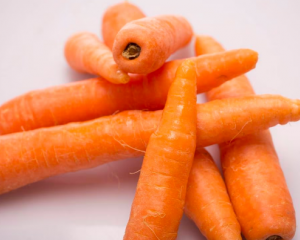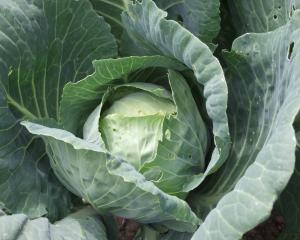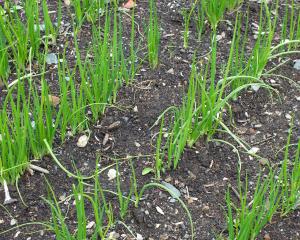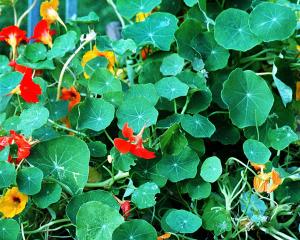Vegetables
October is an important month in the garden calendar, as seeds sown this month pop up quickly and there are usually few checks to growth during the early summer months.
The ideal time to sow seeds is as soon as the soil is fit to work after rain, but in dry weather water the ground well the day before sowing.
To obtain successive crops of peas, sow a quick-maturing variety and a main crop now.
Novella will produce plump pods in nine to 11 weeks from sowing. Greenfeast takes 11 to 13 weeks, so by sowing them at the same time, the later crop is ready as the first tails off.
Peas require only a little lime and grow best where the summer is not too hot or dry. Keep the soil moist by working in plenty of compost or well-rotted manure.
To offset dry, light soil, sow peas in trenches of compost with a layer of absorbent material, such as peat or sphagnum moss, in the bottom to hold moisture.
Cover the compost with a thin (5cm) layer of ordinary soil and keep the top of the trench 2cm to 5cm below the surrounding ground.
Flowers
Narcissi and other bulbous plants that have finished flowering must be left for another couple of months until their leaves die away.
Until that happens, leaves are creating food for the bulbs.
If bulbs have to be removed after flowering but before the leaves have died down, lift carefully with the leaves intact.
Lay bulbs in shallow trenches, cover with soil and lift again when the foliage has died away.
A widespread curse is the narcissus fly, which looks like a small bumblebee and lays its eggs in November at the base of the foliage.
The grub hatches and burrows into the bulb, where it grows to resemble a large maggot, turning the centre of the bulb into brown sludge.
Covering the bulbs after flowering with fine shade cloth or pea straw will keep out the flies but is not a good look.
Growing narcissi in pots, then covering with pea straw after flowering and putting the pots out of sight under cover, can be a better option.
Some gardeners say a puff of household fly spray in the centre of the bulb helps deter the flies, while an old English technique is to place a mothball on top of each bulb when planting new bulbs, as the camphor smell repels the grubs.
Alyssum makes a good edging to the mixed border or pathway.
It flourishes in well-limed soil and self-seeds freely.
Fruit
Even in a small garden, some fruit can be grown, notably strawberries and gooseberries.
Strawberries can be grown in a ceramic planter or used as a border to a garden bed, while gooseberries lend themselves to being grown as standards in pots.
They also can be planted along a wire or fence, a simple form of espaliering that makes the fruit easier to harvest.


